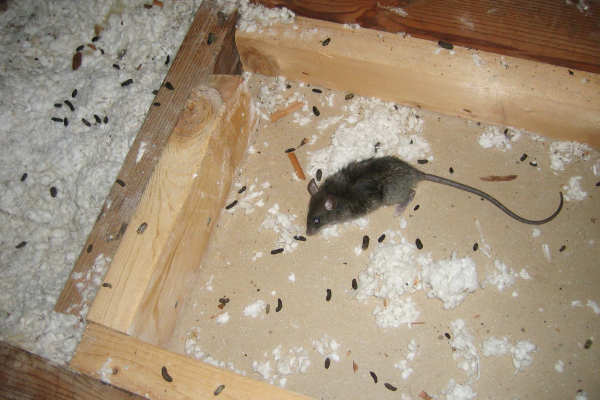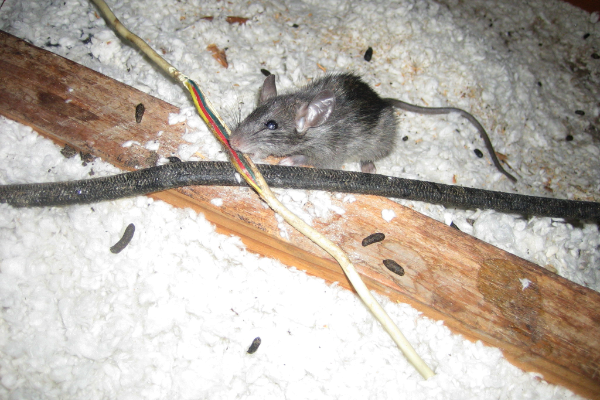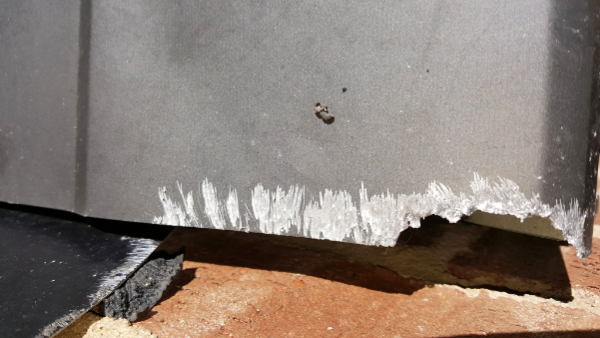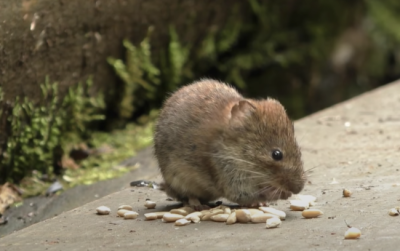Identification
Mouse
You can often confuse a mouse and a rat. This is because of their close resemblance. But the two have distinct features to help you differentiate them. In this article, let's look at some of the features you can use to identify a mouse.
Mice are fast-moving animals and live close to human beings. Mice do great damage to books, furniture, clothing and other items. Below is a guide on how to identify the presence of mice in your house and how you can track them:
Sounds
Mice gnaw, scurry and squeak. You will hear either of these sounds mostly when they are in a group. Since they are nocturnal, they take advantage of the dark to damage households and appliances.
They are very light in terms of weight, which makes it difficult to hear their movements. If you are careful and knowledgeable on the kinds of sounds they make when moving, you can easily detect their presence without seeing them.
Mice are very sensitive to movement; you are likely to miss them when you approach. You are therefore left only with sound to predict what they are doing.
That's why you need to understand what each sound means:
Gnawing - A mouse makes this sound when chewing things.
Scurrying - After eating, mice love to play and this is the sound you will hear them make.
Scratching - A mouse can dig and climb on walls. When they do so, you will hear scratching sounds. You can also hear this in some cases when they crawl.
Squeaking/ Chirping - Mice are known to communicate in different ways. One of the easiest ways you can know they are communicating is through squeaks and chirps. However, this is not the only way they communicate.
Poop
The presence of mouse droppings is a sign of an infestation. But how will you differentiate between mouse, rat and other pest's droppings? The size of the droppings is what can help you.
A dropping from a mouse, sometimes called a pellet, is less than a quarter-inch and more than an eighth-inch in size. Rat droppings are more than an inch and larger in width than mouse droppings.
It is never easy to determine how long the droppings have been in place. But you can predict the time span by doing a simple experiment.
Clean the place carefully and then check the following day if there are new droppings. If there are new droppings in the same spot or nearby, then there is a new infestation. But if there are no new droppings for a few consecutive days, then that was an old infestation. However, it is impossible to determine how long they have been living there.
Mice transmit infections through their droppings and bites. Don't handle mice droppings with your bare hands during cleaning.
You can use the number of pellets to estimate the number of mice in your home. In a span of 24 hours, a single mouse can produce up to 75 pellets. To get rid of these droppings, you have to first get rid of the mice.
You are not going to find these droppings everywhere. Food stores or where food is prepared are the common places you can spot the pellets. You can also find them in wall cracks, air vents, pipes or any other place where they may choose to rest.

Tracks
After identifying droppings in your home or workplace, it is now time to track the mice and find out where they nest. It is never fun to have to pay for expensive repairs in your home due to mice damage. This is why it is important to track the mice and deal with them at once.
To easily track them down, it is important to understand their paws. A mouse has five toes on the back paws and four toes on the front paws. Their movements are therefore parallel with tail drags on the ground. This is easier to spot in snow and dusty places than on walls.
This does not rule out tracking of mice on walls. They have very bad eyesight but can remember their way back to the nest because of a sharp memory. Try spreading talcum powder in the route you suspect and wait a day, remember they are most active at night. Inspect the place the following morning to see if there are prints.
Damage


As small as the mouse may look, it is capable of creating a large amount of damage. Nothing is safe in the presence of mice. Most damage is caused as they try to find soft materials to build nests.
Because of their small size, they get into appliances and machinery easily. They can decide to make their nest here or tamper and chew wiring.
Their hair, droppings and urine are contaminants. A mouse is capable of ingesting around 3 grams of food per day. But since they don't feed uniformly and move the food around, they end up contaminating up to 10 times more than what they consume.
Wrapping foods in plastic, cardboard or paper does not deter mice. They will use the wrapping materials to make their nest, consume the food and leave the rest contaminated.
When they can’t find food, they shift their destructive behaviors on plastics, clothing and paper. They end up destroying books on shelves and in closed boxes. That's how far they can go.
Mice can also be found outside homes. Here they mainly consume newly grown crops by digging. Digging is never a problem for them; they can also dig around your house as they try to find their route into the home.

